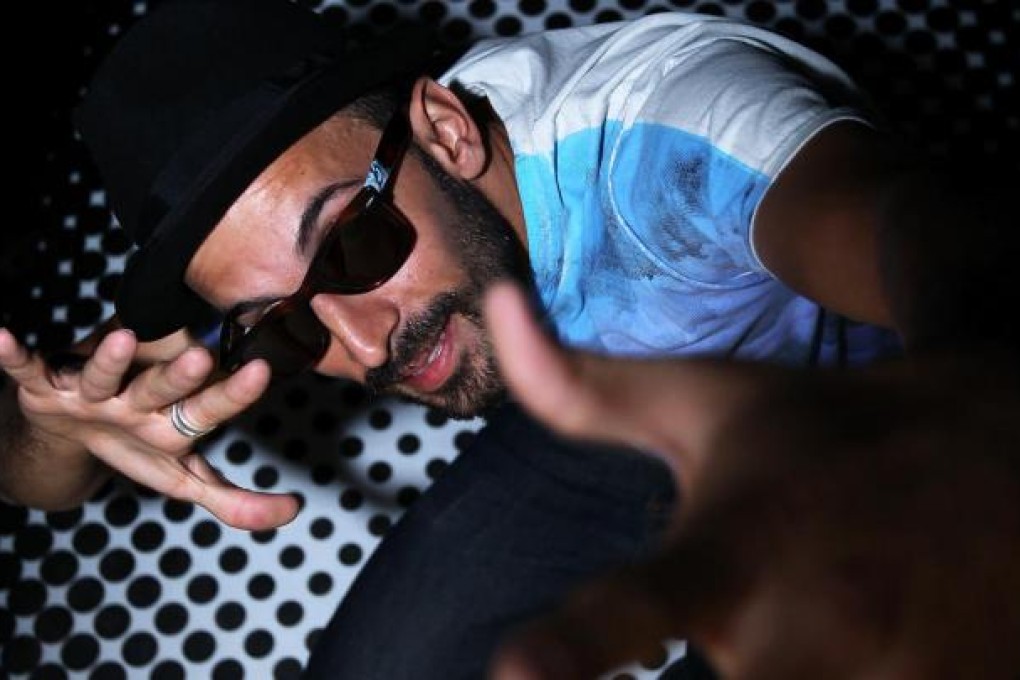My life: JR
The French photographer and artist, known only by initials, explains to Lana Lam why he and the major brands are 'enemies on the street'

I was born in Paris but grew up in the suburbs. When I was doing graffiti as a kid, there were no limits. I could climb anywhere, I could go everywhere, like on rooftops, and see the city from new angles. That inspired me. I've always been curious and hyperactive, so when I was a kid, graffiti was an outlet for this. When I transferred that to photography and pasting images in the street, and started travelling and meeting new people, that gave me more energy. I was discovering new places, seeing how people saw reflections of themselves in my work and how my work reflected them. I was figuring out how people did that and creating that bridge. Since I pasted my first portraits of people, I have been thinking of how people re-appropriate my artwork. It's their photo, their location, their message - I'm just the enabler. As an artist, I think that's a really strong position to be in. I've been a witness to a spark that I lit, but the fire has been started by the people.
I like risk and I like people, and you can't start a project like Inside Out if you want to control everything (JR's team in New York prints black and white self-portraits for free and sends them to the subjects). Of course, when you think about it, I give all my techniques away. I show them how to take a photo, how to make the glue, how to paste it. I even pay to have it printed, if they don't know how. But even with this crazy model, where people ask me what I have left, I remain the most inspired person because people inspire me. And I've only travelled because of my artwork. One thing you realise when travelling is that the limits are not where you think they will be. You go to a place thinking: "Oh that's the context. I won't be able to work here", but you try and realise you can. It's like: "Oh I grew up in France and I had that image of that country and this country," and then when you go there, people completely change the ideas you had about the place.
As an artist you have the right to fail, but you don't have this option as a brand, as an organisation, as a political group. They can't fail because people will be disappointed. As an artist, you can go anywhere. People welcome you because they don't see you as a politician, as an organisation, as a brand - they see you an artist, so they have more questions for you than you have for them. Even if I come back with nothing, it'll still be a success because I tried. You learn so much from failure. The way I've experienced it, I wouldn't even call it failure. It's just changed the way I work. As an artist, I don't have rules. When you're an artist, you don't know where you're going to be next month and I like that.